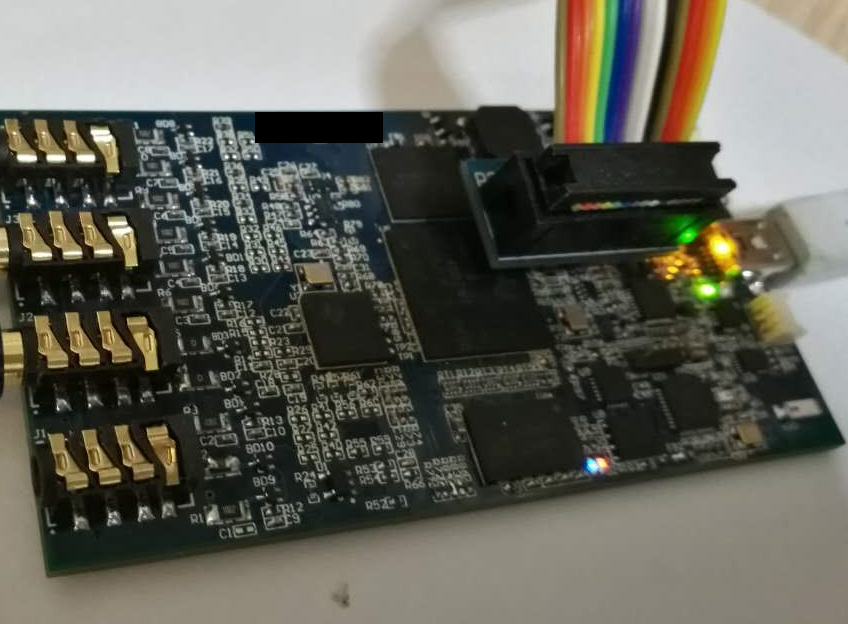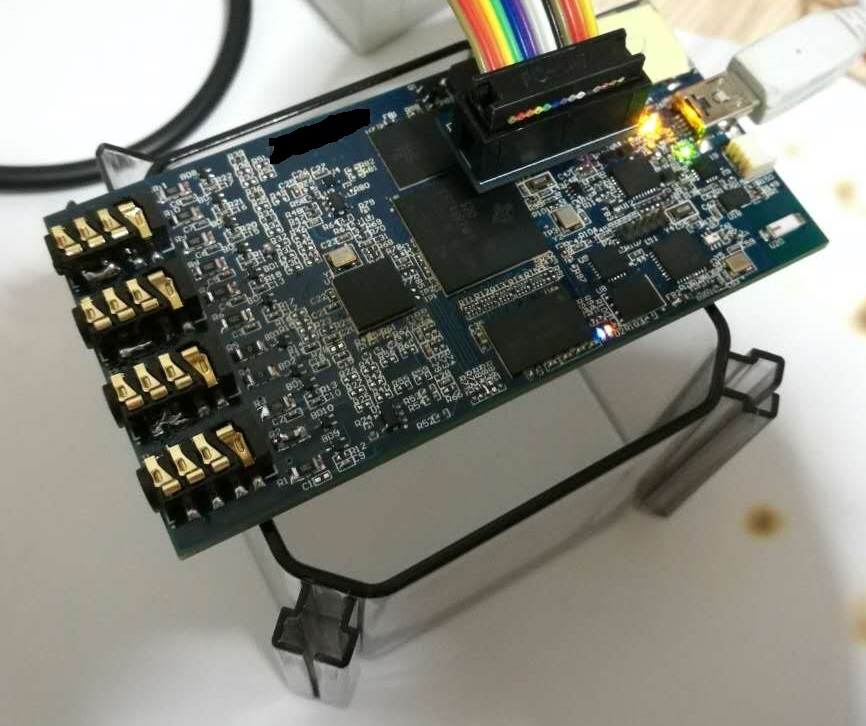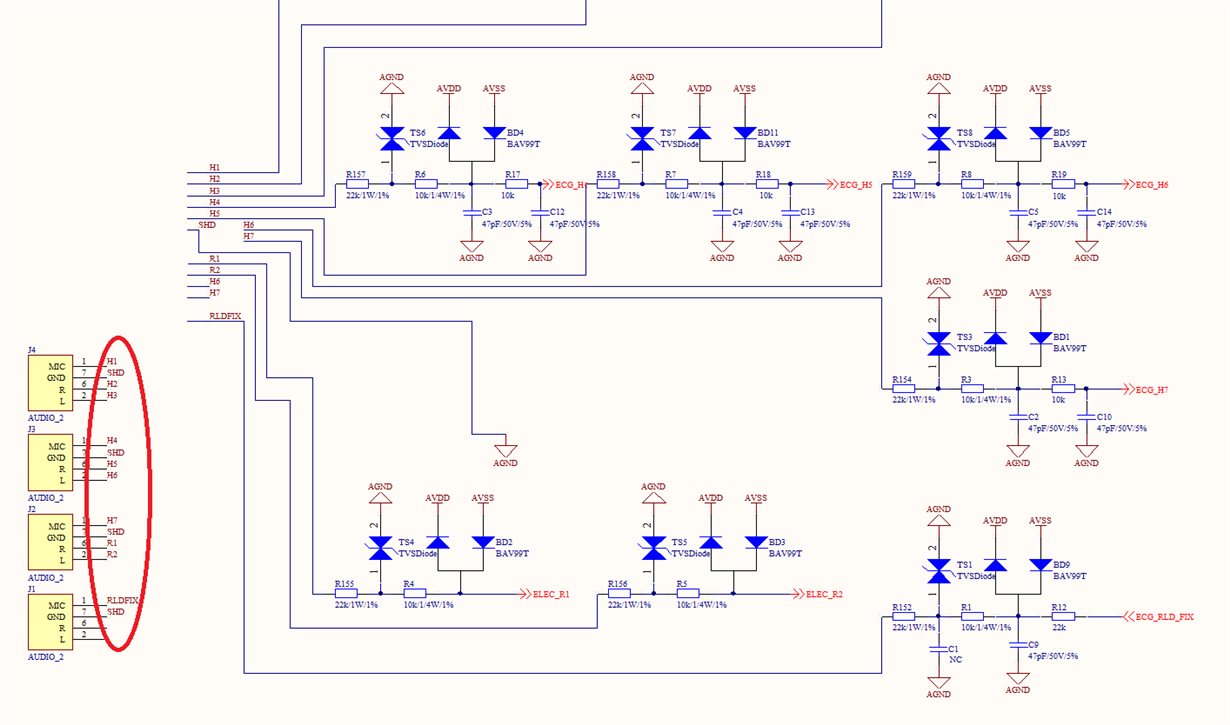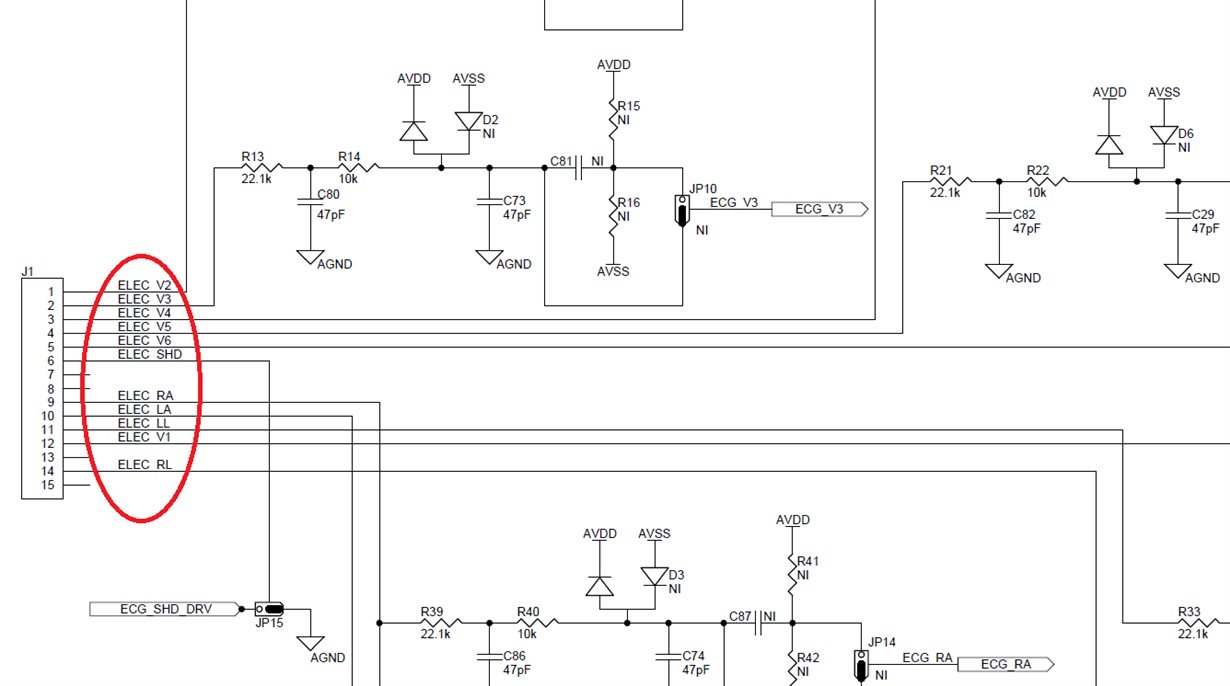Hi,
I test the noise with my own designed board.
with the same Condition:
1) +-2.5V supply
2) Internal 2.4V Reference
3) HR mode
4) GAIN=6
5) 1000 samples were taken to calcuate the uVpp and uRMS according to "8.1 Noise Measurements" in the ADS1298R datasheet
Test1:
Condition: Set all CHnSet registers to "Input shorted"
Result:
|
|
My Board |
|
(uRMS) uVpp |
(0.58) 3.84 |
The result is quite near with the value "(0.6) 3.5" in Table1 in the "8.1 Noise Measurements" in the ADS1298R datasheet.
Since the input is shorted internally in the chip, I think this shows the input-referred noise that is introduced in the chip.
Test2:
Condition: Set all CHnSet registers to "Normal electrode input", short all the leads (except RLD) to GND at the sockets where the leads are connected to the board.
Result:
|
|
My Board |
|
(uRMS) uVpp |
(6.2) 27.9 |
I think this shows the input-referred noise that is introduced on the board. While the result in Test1 shows the input-referred noise that is introduced in the chip.
Question 1: Is the vaule of 27.9uV in Test2 reasonable? Is this on board noise too large?
Question 2: Is there any on board noise test result that can be taken for reference?
Question 3: What is the minimum on board noise that could be got?
Question 4: I think 27.9uV is still too large, since the ECG vpp is only 1mV and the details of the waveform are just a few tens of uV. Is there any advice to improve the noise on the board?
Thank you.
Frank






